
DJ LU : 'Urban art has a commitment to society'
Colombian urban artist DJ LU / Juegasiempre has been denouncing social and political injustices such as violence and racism for more than 15 years through his…
DJ LU, or Juegasiempre (Alwaysplaying), his artistic nickname, doesn’t like to tell his real name or show his face in the media.
“People think I do this to protect myself, for legal reasons or for my own security, but I do it so as not to divert the viewer's attention from what really matters: my work, my murals, my art," said this popular urban artist from Bogotá, Colombia. In June, I had the chance to interview DJ LU in Barcelona, Spain, where he was invited by the local Arnau Gallery to create a mural of the city.
"Today we are all more moved by this morbid idea of knowing more about the artist than about his/her work. And it seems that the more strange, rare or disturbed the artist is, the better his work will be," explained DJ LU in front of the mural that he, together with another local artist, painted in Raval, one of the most vibrant and multiracial neighborhoods in Barcelona.
The mural covers the facade of an old abandoned theater, attracting the curiosity of passersby and tourists, who stopped to take pictures of the colorful wall on a warm Sunday summer evening.
“Urban art is meant to draw the public's attention to issues that conventional art and media usually omit,” DJ LU said.
DJ LU’s career as an urban artist started in his hometown, Bogotá, more than 20 years ago. What made him famous were his series of pictograms, which he calls “signs for a better world:” images composed using two superimposed images, which apparently have no relation. For example, a pomegranate mortar fused with a pineapple, "which symbolizes the abuse we make of the land, forcing population displacements," and also speaks of mined land instead of cultivated land, “a particular problem in my home country," said DJ LU.
DJ LU’s pictograms can be spotted in all of his murals. Another pictogram shows a traditional cocktail glass where the cherry stick has been replaced by a rifle to tell us "that the wars are decided by the elites, who don’t get stained with blood." A third pictogram shows semi-open scissors where the blades are two machine guns, "signifying the separation and breaking of families." This pictogram has a special significance these days, since the Trump administration has launched its tough policy against immigration on the southern border of the U.S.
"My pictograms serve to warn people of what is happening, to prevent," said DJ LU, convinced that the place for his art is the public space, the city, the street. "Mural art should show us things that traditional media hide from us," he stated.
His passion for pictograms began more than fifteen years ago in his native Bogotá, where he is a well-known artist. DJ LU (he has also created a pictogram for his first nickname, originated during the years he was working as an electronic music DJ) said he was looking for ways to attract citizen attention to problems such as violence and drug trafficking, corruption, the weight of religion or gender violence.
"These are problems that any Colombian understands, but they are also global problems. Racism and corruption are all over the world," he said.
For him, street art should use symbols that are quick to understand, and at the same time aesthetic, so they can draw the attention of the passerby. This is why he has designed more than 120 pictograms, which he now repeats in his murals, spread across three continents.
Over time, he felt pictograms were “not enough."
"It was a technique I had already mastered, and I got bored.” So he decided to undertake postgraduate studies in photography, which led him to develop a new style of urban art: painting enlarged portraits based on photographs of real people that caught his eye. Usually, he chooses photos of people whose natural milieu is the street - skaters, street vendors, jugglers – or belonging to a deprived or at-risk community (where he later locates his mural).
Three years ago, for example, he was commissioned for a project in South Central Los Angeles, one of the most dangerous and deprived neighborhoods in that city with a predominantly black population. In his mural, he painted the face of a black child based on a photograph that someone in the neighborhood gave to him. The boy's mother came to see him while he was painting the mural and “she was so moved,” DJ LU recalled.
On another occasion, also in South Central, he painted the face of a white woman and a black woman on the blinds of a shop owned by Mexicans, a store that was often a victim of robberies and vandalism. After painting the mural, robberies went down and black people started to shop in their store,” explained DJ LU.
RELATED CONTENT
In Medellín – which used to be one of the Colombian cities most plagued by violence and guerrillas – the artist made a portrait of a famous rapper killed in a fight. The portrait was in the cemetery where he is buried, next to his grave.
"The mother came to see me painting and she began to cry," recalled the artist, admitting he gets very excited when he sees that he can bring "happiness" to deprived communities.
"I'm interested in portraying the others, those who have no place in traditional media," he said.
As a university professor at the photography school, he also has learned how powerful an image can be, especially in the Western culture, “where image is seen as an extension of death”, he said.
"When people see their faces on the wall, enlarged, magnified, they get happy, they feel grateful because they feel recognized," he continued. "It's a wonderful experience, especially when you paint in communities at risk."
For his Barcelona mural, DJ LU pick up three black and white portraits from his usual repertoire: the first is based on a photograph of a Belgian skater. The second is a portrait of a Nepali immigrant child from Barcelona, "symbolizing the diversity of this city, where tolerance and respect prevail." The third belongs to the black kid from South Central.
"In my murals, I want to vindicate 'the other,' the black, the immigrant who has no visibility," said DJ LU, glancing at a group of young people who stopped to contemplate his mural in Barcelona. He is convinced that his works have the ability to connect with street viewers from all over the world, be it in Barcelona, Los Angeles, Miami or Bremen, in Germany, where he just finished another commissioned mural. Why? "Because the issues I work with are global issues," he said.
DJ LU has NOT worked in Philadelphia yet, but he would love to as “Philly and New York are the cradle of graffiti and urban art," said the artist. His new nickname (Juegasiempre) refers to his philosophy of life: "In this life, you need to be always playing, always willing to let yourself be surprised. Don’t turn problems into a drama when you can do something to solve it."
And, in this aspect, urban art plays a very important role: "Urban art has a commitment to society. The street should be a space that challenges people to question things. It should be able to offer an alternative to the 'sleeping status' that advertising tries to impose on us,” he concluded.





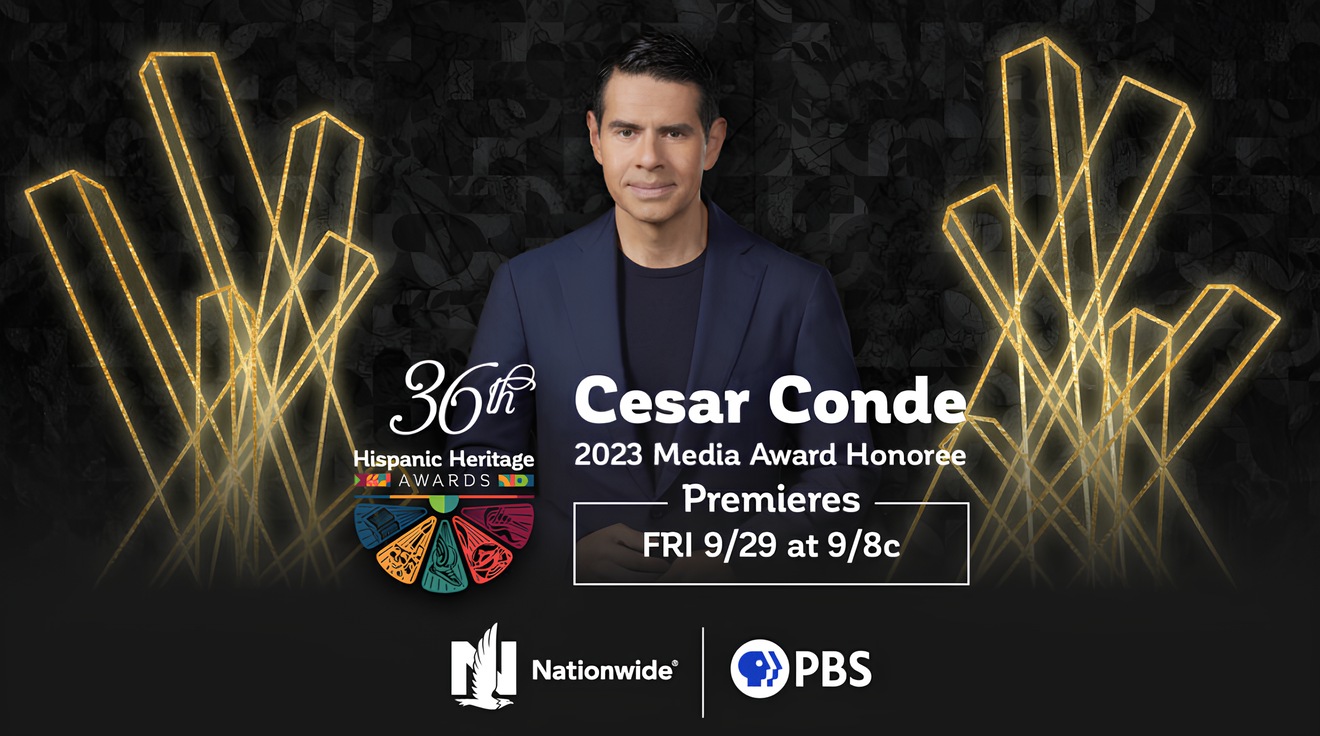
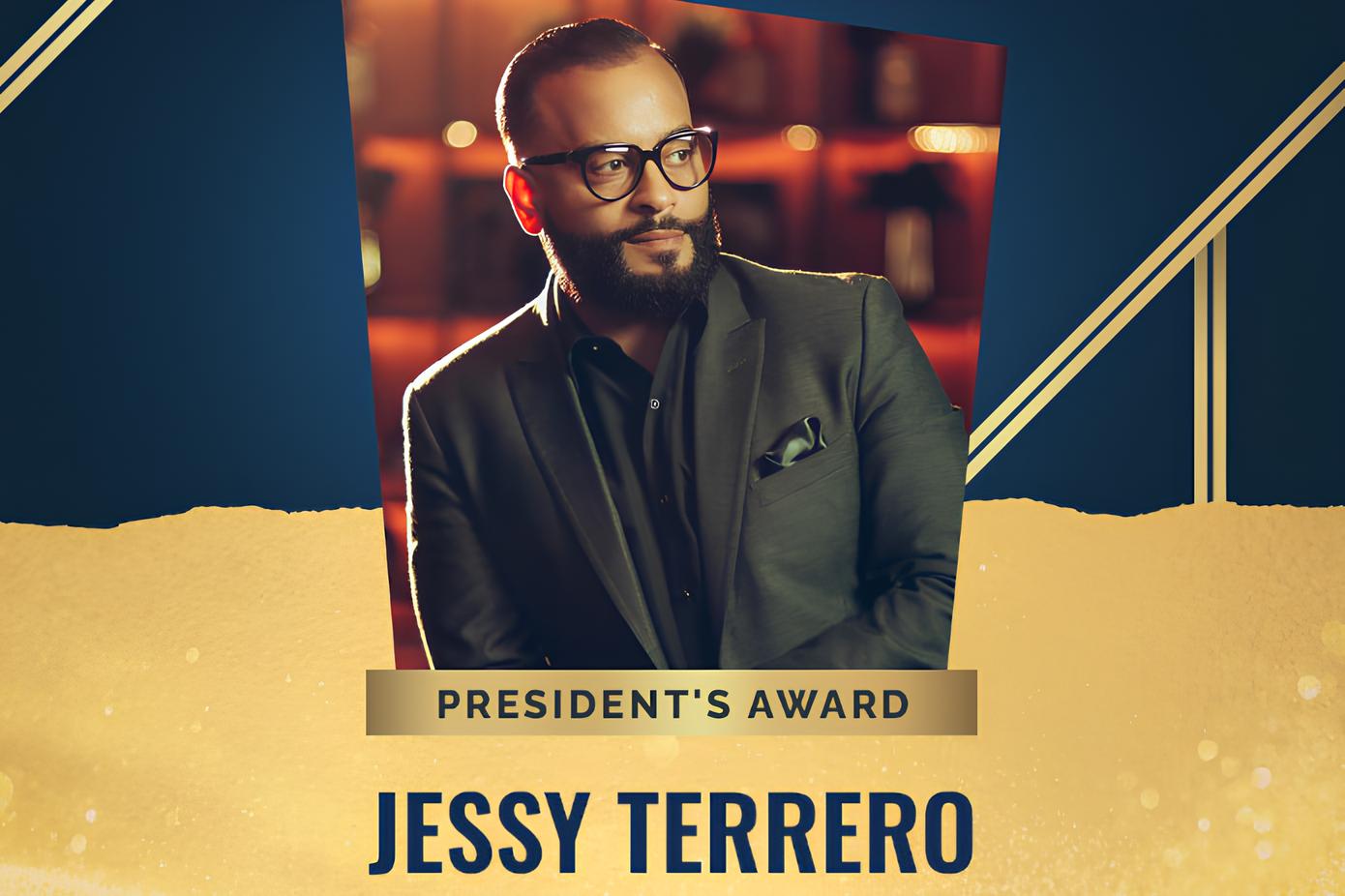
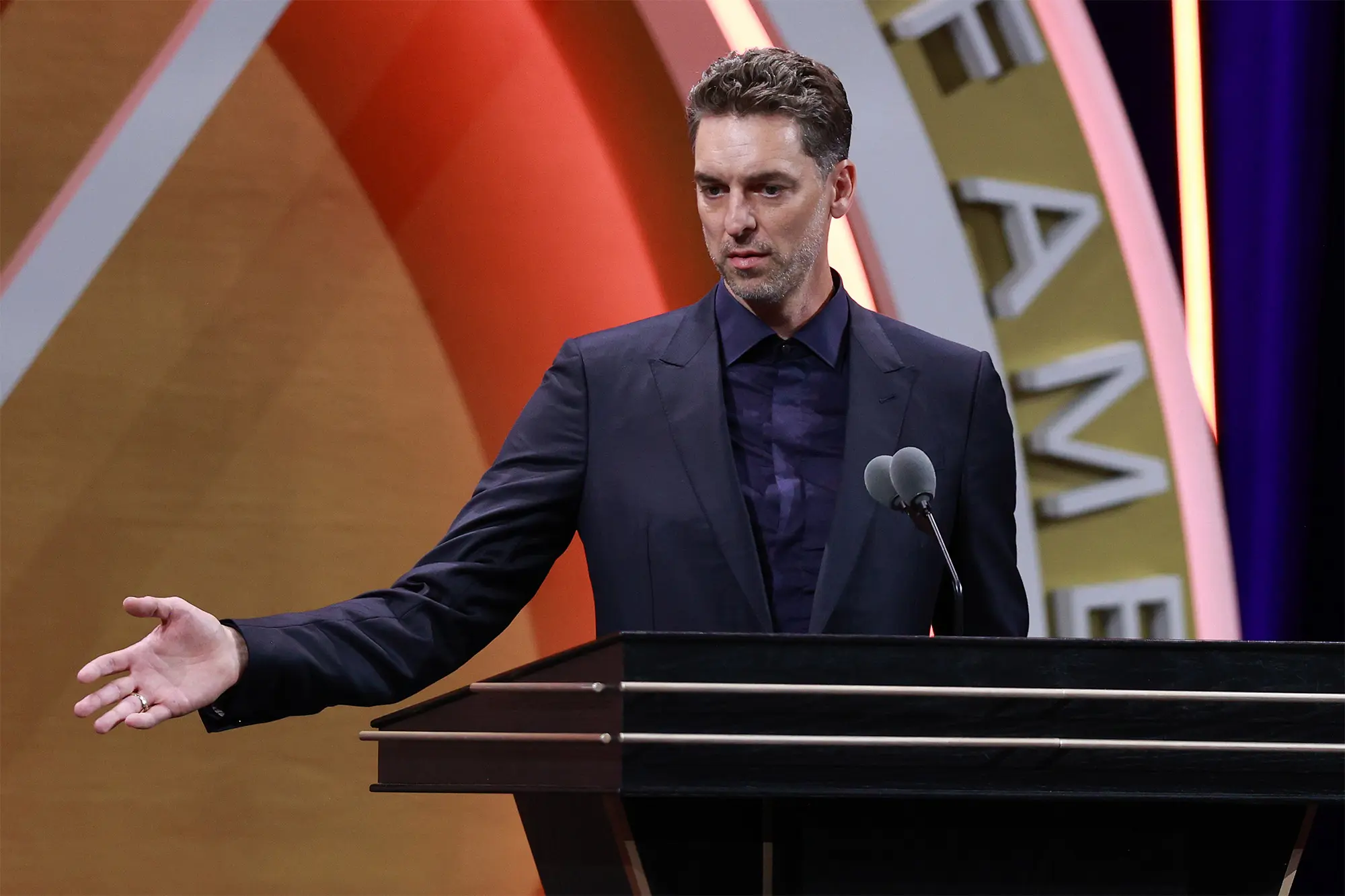
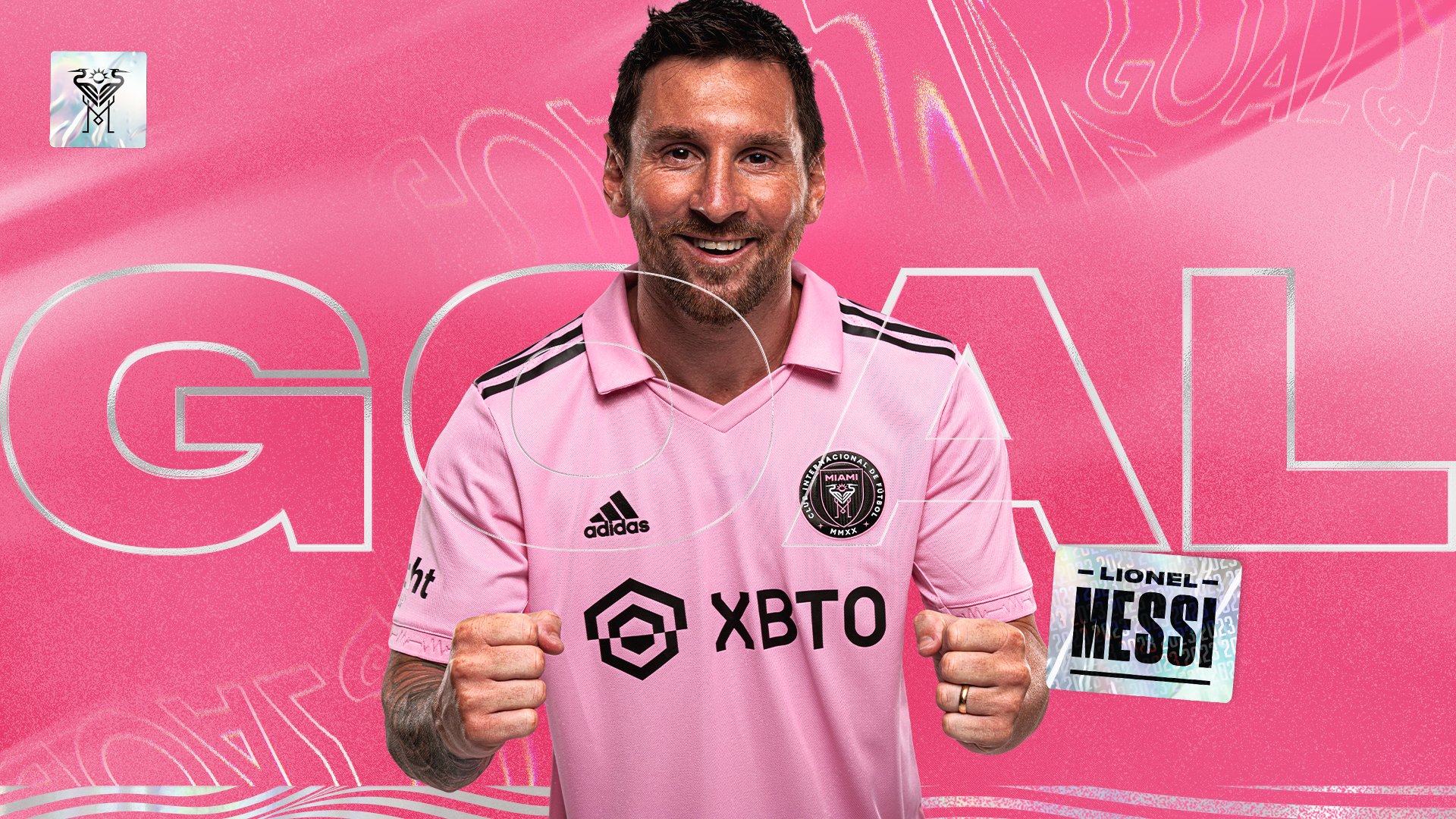
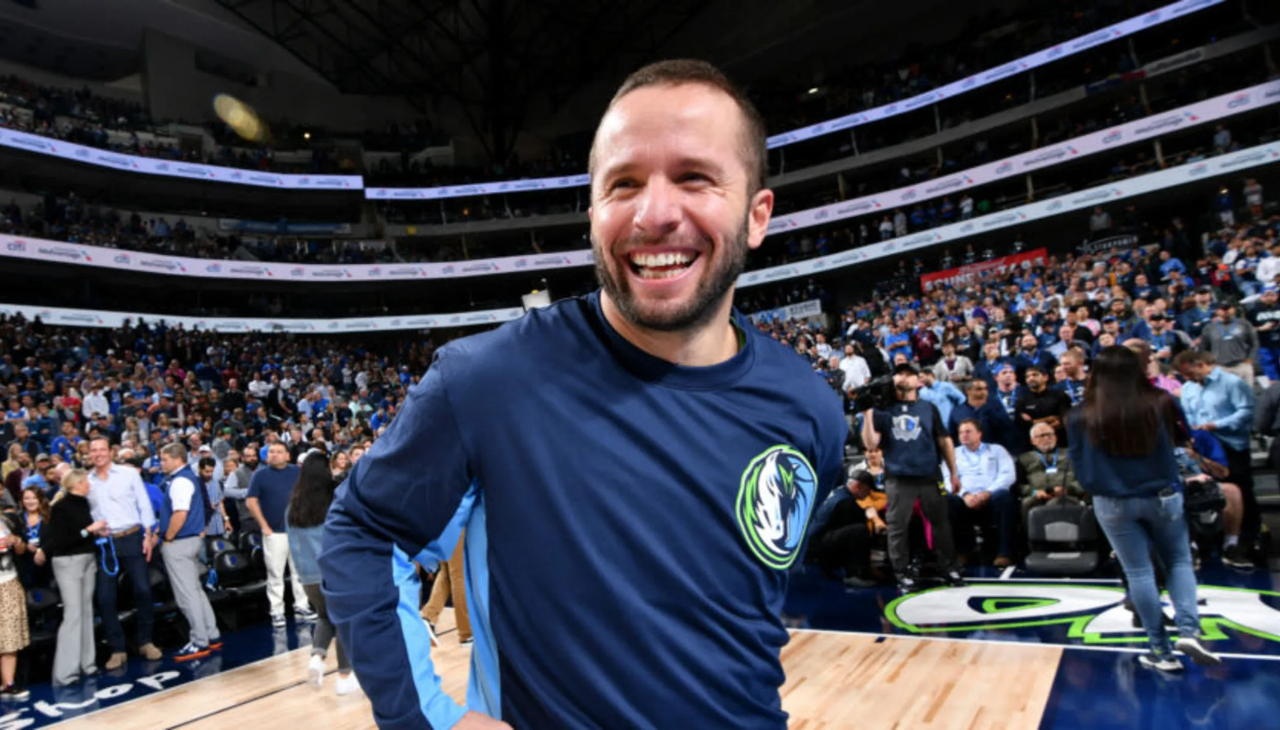
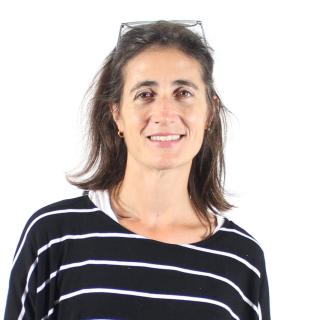
LEAVE A COMMENT:
Join the discussion! Leave a comment.